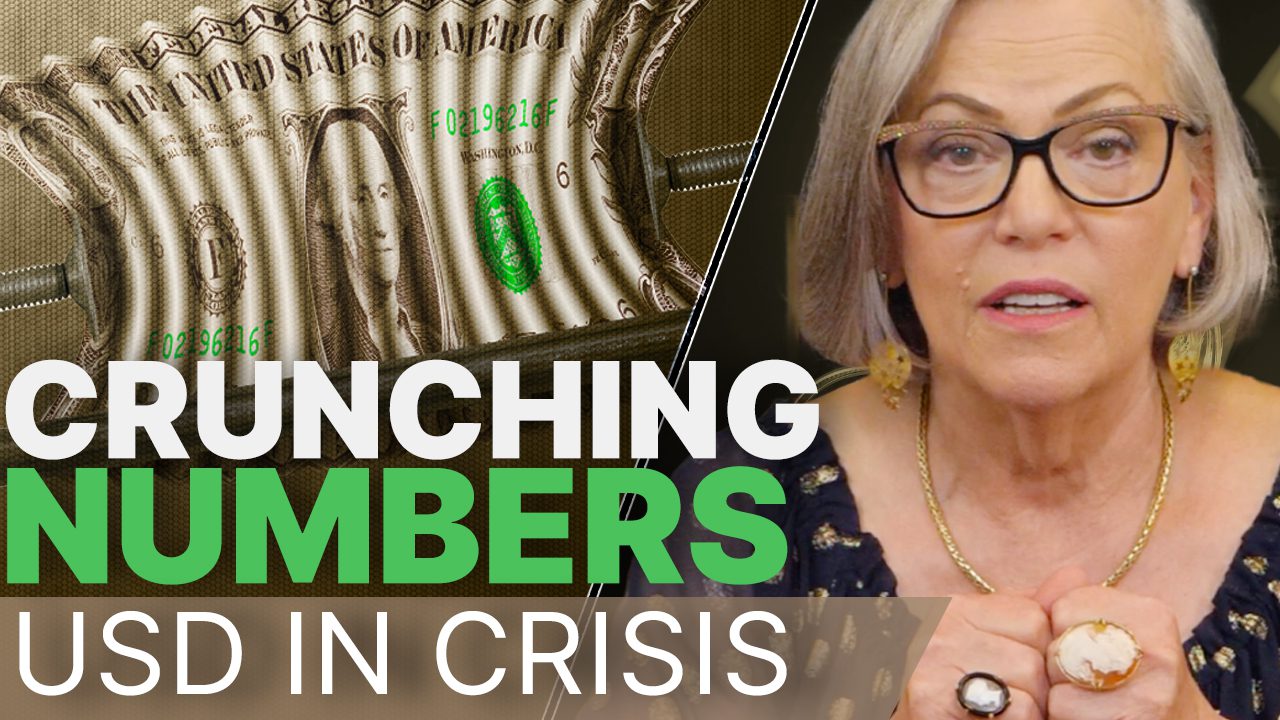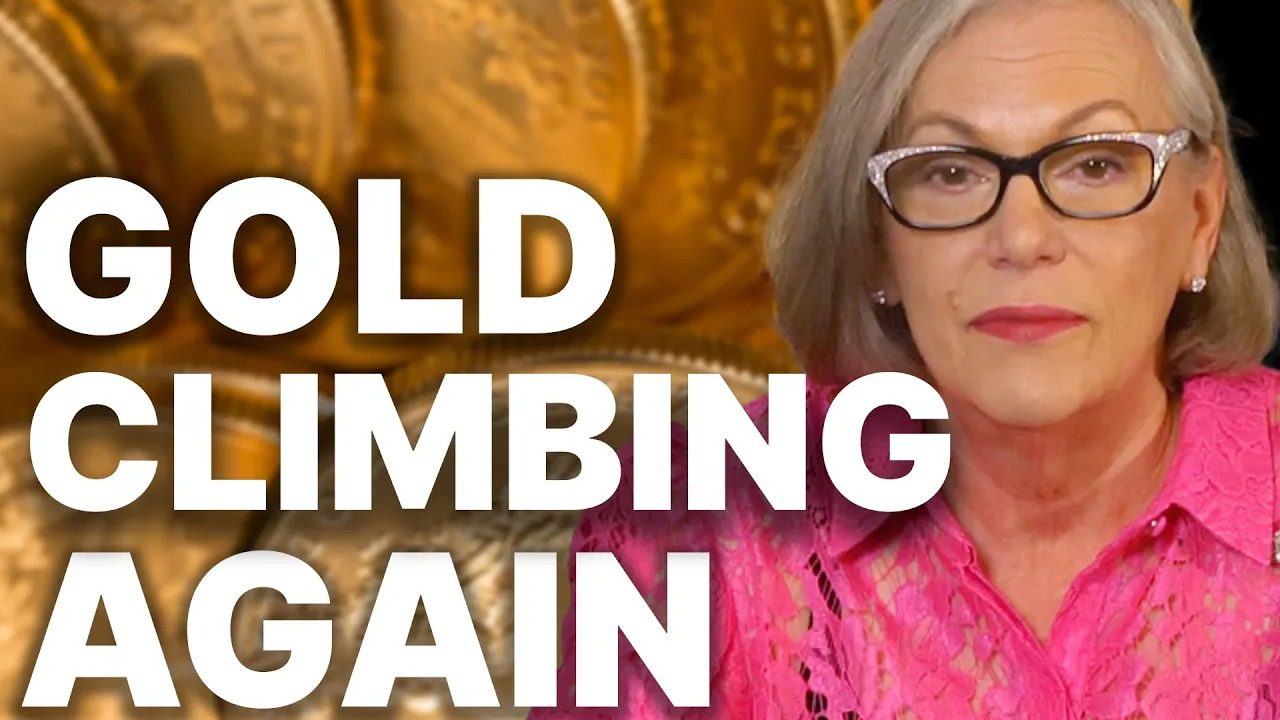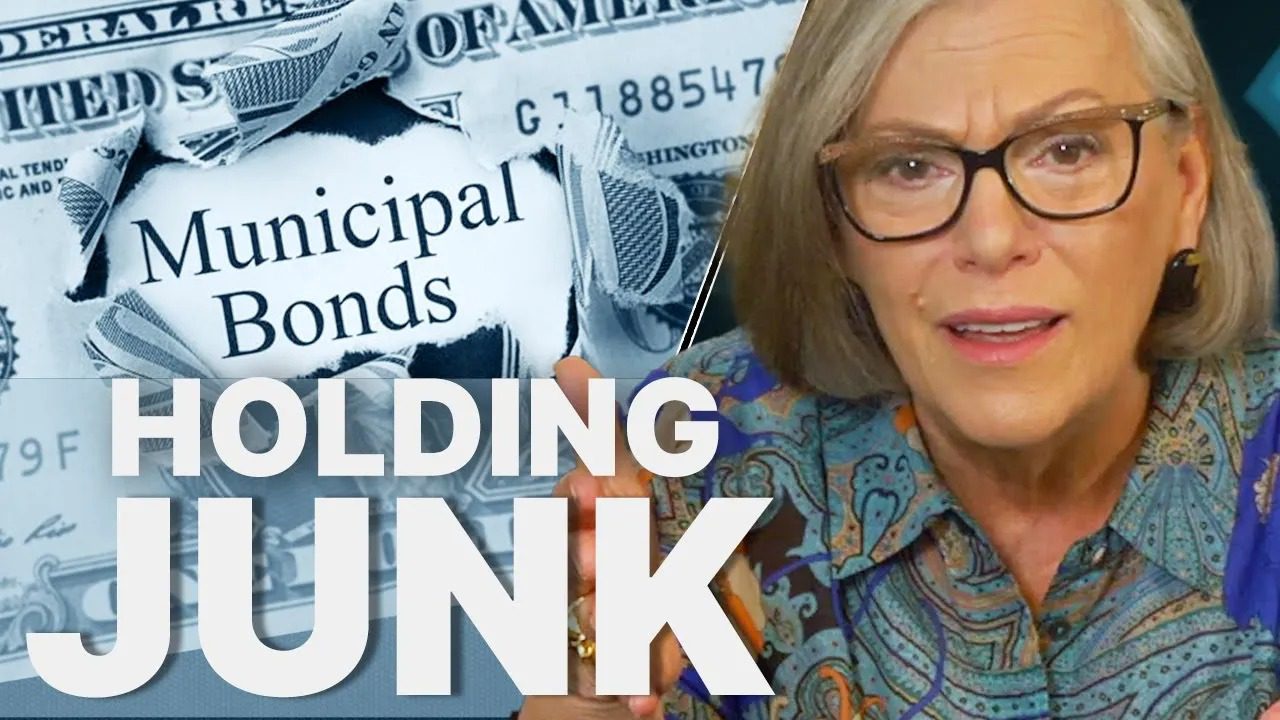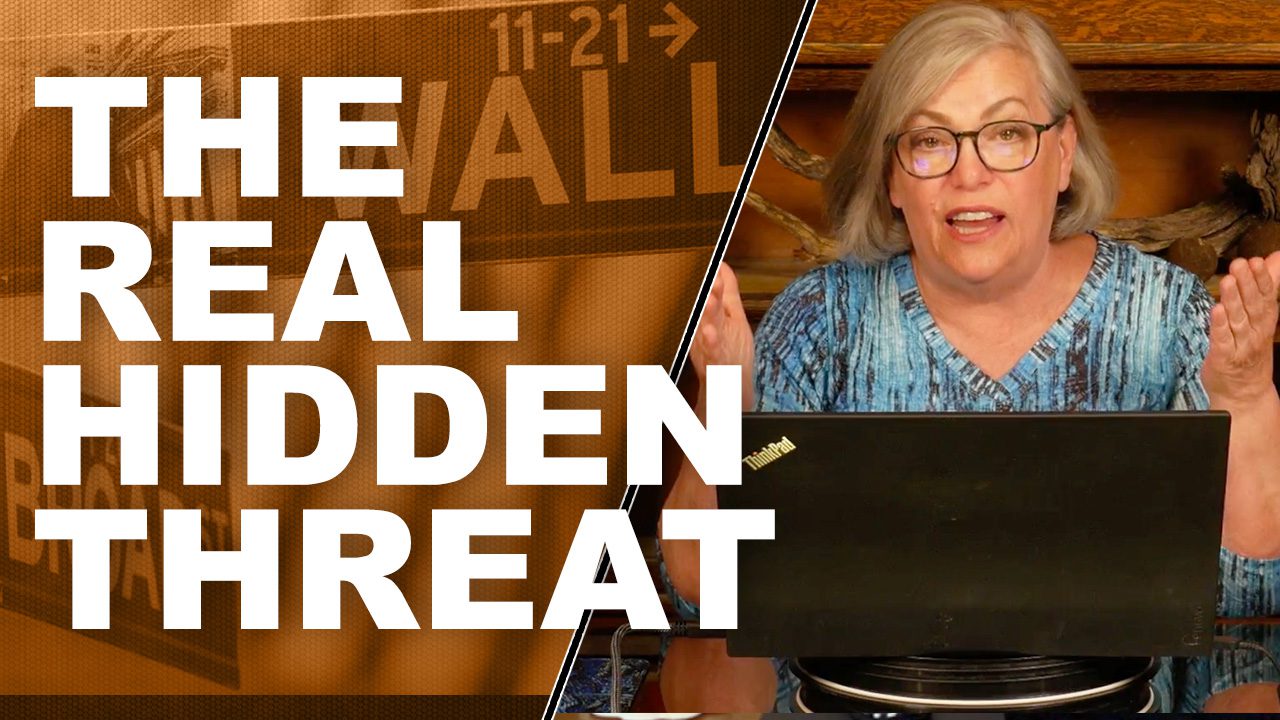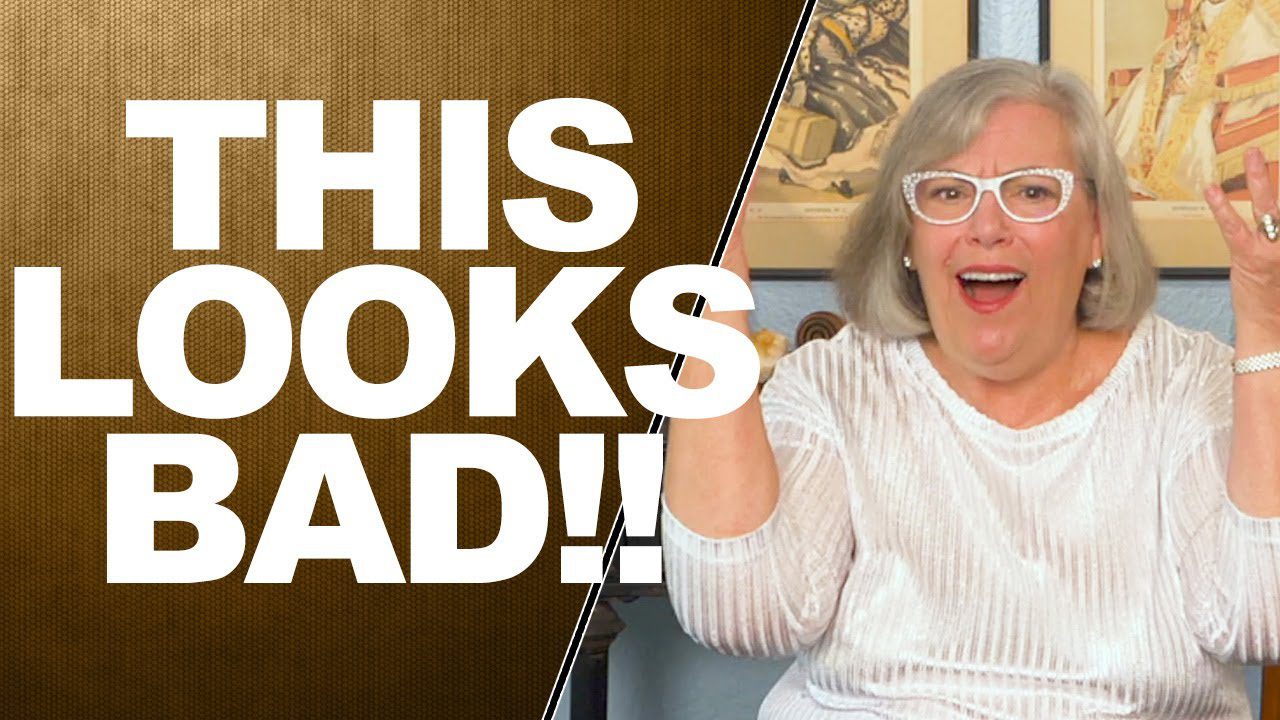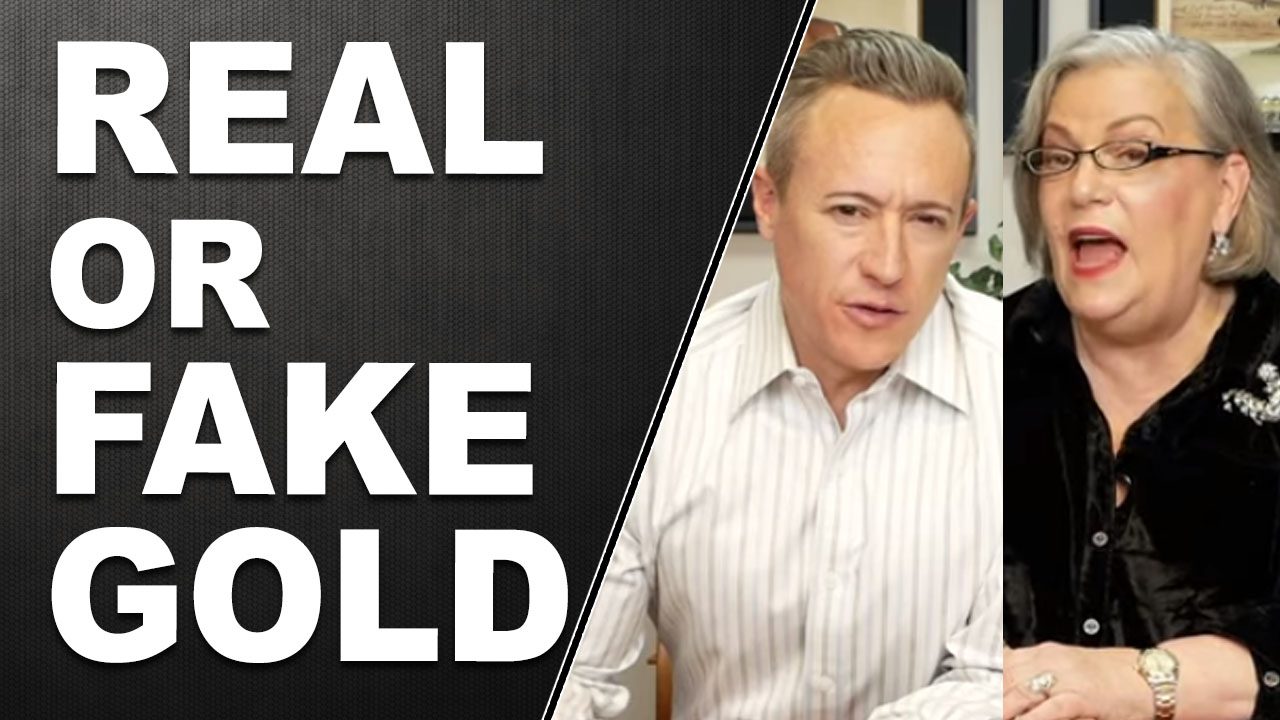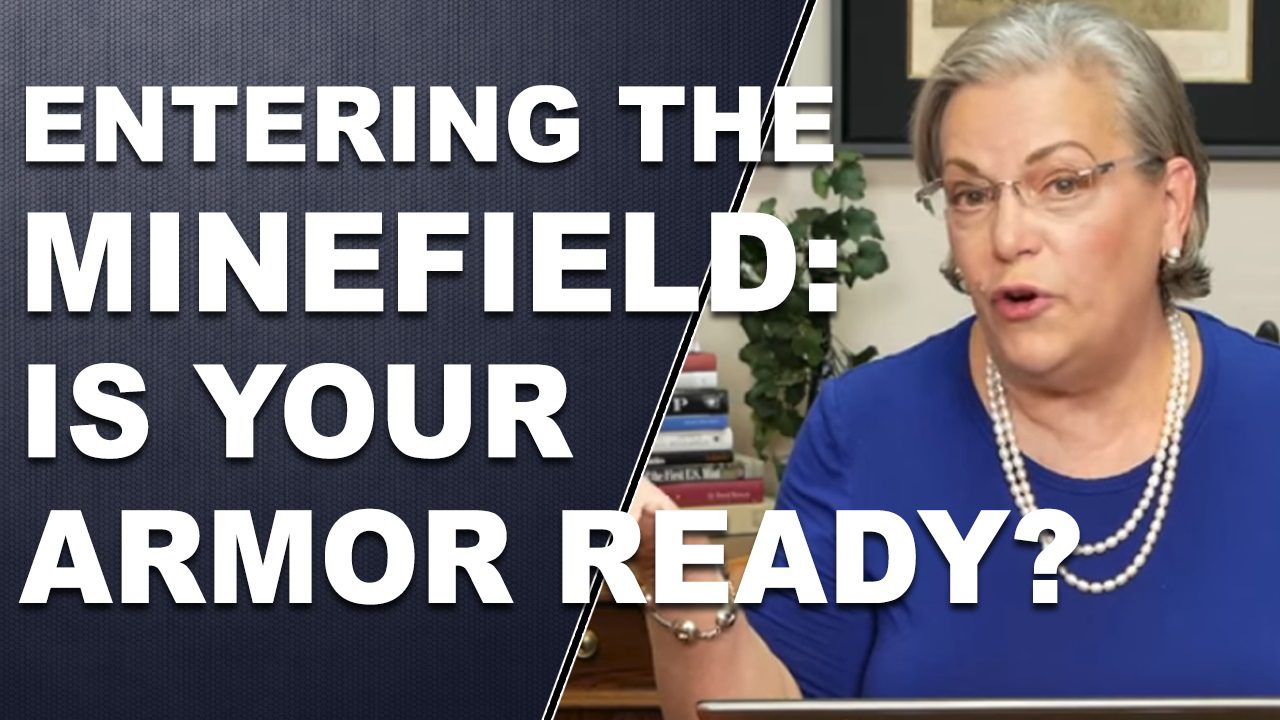Real Esate and Mortgage Industry Thought They were Making Easy Money

Real Esate and Mortgage Industry Thought They were Making Easy Money
EASY MONEY
It didn’t take a rocket scientist to understand that the real estate and mortgage industry was standing on something less than thin ice. We just went through the greatest real estate boom in world history, fueled by interest rates at a record low of 46 years. Following 9/11, everyone from the President of the United States to the head of the Federal Reserve encouraged Americans to borrow and spend money. It was, after all, the patriotic
thing to do. Lending standards were lowered to the ridiculous. People were borrowing as much as 100% to 110% of the value of a property. Standards had become so lax that borrowers under programs like Stated Income Stated Assets (SISA) could borrow up to 100% of a property’s value without providing proof they had enough income to make the payments. Equally as irresponsible, some appraisers were giving appraisal values based on the willingness of buyers to pay rather than on what the comps indicated the property was worth. This was further complicated by the phenomenon of multiple contracts for the same properties, which resulted in bidding wars and buyers willing
to pay the cash difference over a property’s appraised value. This artificially increased real estate values. And let’s not discount the significance of then Federal Reserve Chairman Alan Greenspan, maybe the most powerful and influential figurehead in the world, who encouraged our citizenry to sign up for variable-rate mortgages in 2004!
Yet, it is obvious from one of Greenspan’s recent statements that he believes interest rates cannot
stay at these low levels for very long.
 On August 26, 2007, Greenspan, attending a conference held by Secretary of Treasury Paulson, spoke the following words (and you can write them down, because it is critical that you digest them): “THE COST OF CAPITAL IS NOT GOING TO STAY DOWN AT THIS LEVEL.” In other words, the historically low interest rates that we have experienced from 1992 through 2007 cannot endlessly continue! Greenspan then said what nobody wanted to hear, “AS TIME GOES ON OUR
On August 26, 2007, Greenspan, attending a conference held by Secretary of Treasury Paulson, spoke the following words (and you can write them down, because it is critical that you digest them): “THE COST OF CAPITAL IS NOT GOING TO STAY DOWN AT THIS LEVEL.” In other words, the historically low interest rates that we have experienced from 1992 through 2007 cannot endlessly continue! Greenspan then said what nobody wanted to hear, “AS TIME GOES ON OUR
ABILITY TO RESPOND TO THAT BECOMES EVER LESS.” Greenspan is still speaking in parables, but the “THAT” Greenspan is talking about is a “CRISIS.” Translation: When a country is overburdened with debt, at some point interest rates must rise; and when they do, that country will lose the flexibility to respond to changing economic conditions.
EMPLOYMENT
On September 7, 2007, we had one of the weakest Job Reports in four years. Former Department of Labor Secretary Robert Reich, also author of Supercapitalism, said on CNBC’s TheCall, “Anyone who expects consumers to go to the malls and buy goods and services as they have in the past, given the Jobs Report, given all the other indicators doesn’t understand what’s happening on Main Street.” Consumers are key to the economy. There is no job growth and little growth in wages, and now the punch bowl (easy money) has been taken off the table. As a result, consumers no longer can finance their standard of living through their homes. The Fed must act — and act soon — by cutting interest rates and flooding the economy with liquidity.
THE DOLLAR
The move to cut interest rates will, of course, impact the US dollar. I call it a “Catch 66.” That’s three times worse than a “Catch 22.” If you raise interest rates to support the dollar, you choke off the economy. If you lower interest rates to give the credit markets a much-needed boost, you destroy the dollar!
After rising against the Dollar Index to a record high of 121.50 on July 5, 2001, the US dollar began its decent. (“What goes up must come down!” — Blood, Sweat, and Tears.) By December 30, 2004, the dollar had dropped to a level most could not fathom. It bottomed at 80.40. This dramatic decline was brought on by the Fed lowering the Fed Funds Rate to a historical 46-year low of 1%. Lower rates equal a weak dollar.
Conversely, when the Fed raises rates, over time the dollar rises. As I am writing these words, I am reminded of December 2004, when the dollar hit its multi-year low of 80.40. At that time, the Fed Funds Rate was only 2.25%, 300 basis percentage points lower than today’s (as of this writing) 5.25%. My point is that the dollar has already broken its December 2004 low of 80.40, closing at 79.86 on September 7, 2007. With the Fed Funds Rate at its
highest point in the tightening cycle, one might have expected the dollar to strengthen considerably as the
Fed Funds Rate hit 5.25%. However, during the tightening cycle the dollar only rose to 92.14 against the Dollar Index. That means the dollar is already considerably weaker today than it was in December 2004. If the Fed does act here, as I think it must, the dollar has already broken its critical support level of 80.40. If the Fed were forced to push rates as low as it did after 9/11, you can imagine the negative effect it would have on the dollar. How low
will the dollar go in this next round of Fed easing? Of course, gold is discounting this and the fact that
the Fed will cut interest rates, and gold has sustained sufficient momentum to reach its current spot price of $711.50.
At this juncture, I believe lowering rates would be very tough on the dollar. In fact, I believe the Fed would like to raise rates to strengthen and support the dollar; however, the weakened real estate market and the subprime mortgage debacle have significantly impacted the financial markets. As this negative impact increases and foreclosures become unmanageable, it could tip us into a recession. With all of the debt that has been accumulated over the last 17 years, the last thing the Fed wants to deal with is a recession. Therefore, I believe the Fed will sacrifice the dollar by cutting rates in order to avoid a deep recession.
A weak dollar is gold’s best friend. A dollar crash or a severely weakened dollar would almost assuredly send gold soaring! Over the long term, I absolutely expect gold to benefit from a dollar that is burdened by too much debt; and I believe “Big Money,” “Smart Money,” feels exactly the same way.

